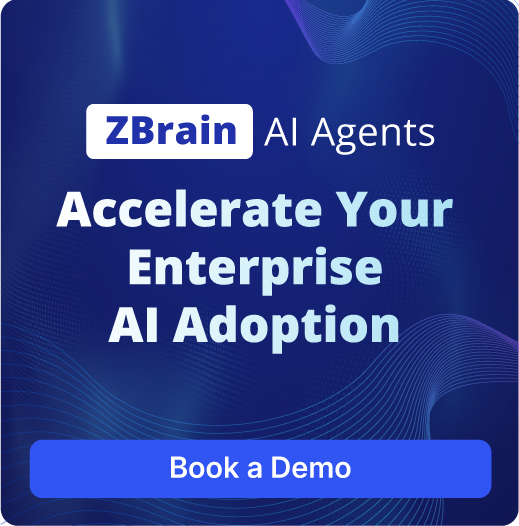Enhance Global Communication with ZBrain AI Agents for Document Translation
ZBrain AI Agents for Document Translation empower organizations to break language barriers and optimize document workflows through intelligent, context-aware translation capabilities. By integrating seamlessly into document management systems, these AI agents ensure accurate, high-speed translation across multiple languages while preserving the original context and intent of the content stored within enterprise documents. Ideal for global enterprises, ZBrain AI agents support cross-border documentation and multilingual communication, making international operations smoother and more efficient. From technical manuals and legal contracts to marketing collateral, these agents intelligently handle document retrieval, categorization, and translation, ensuring consistent, high-quality outputs aligned with enterprise-specific terminology. By automating translation processes and eliminating the need for manual intervention, ZBrain AI agents enable teams to focus on strategic initiatives rather than administrative tasks, driving productivity, accelerating workflows, and enhancing global reach.


 Live
Live